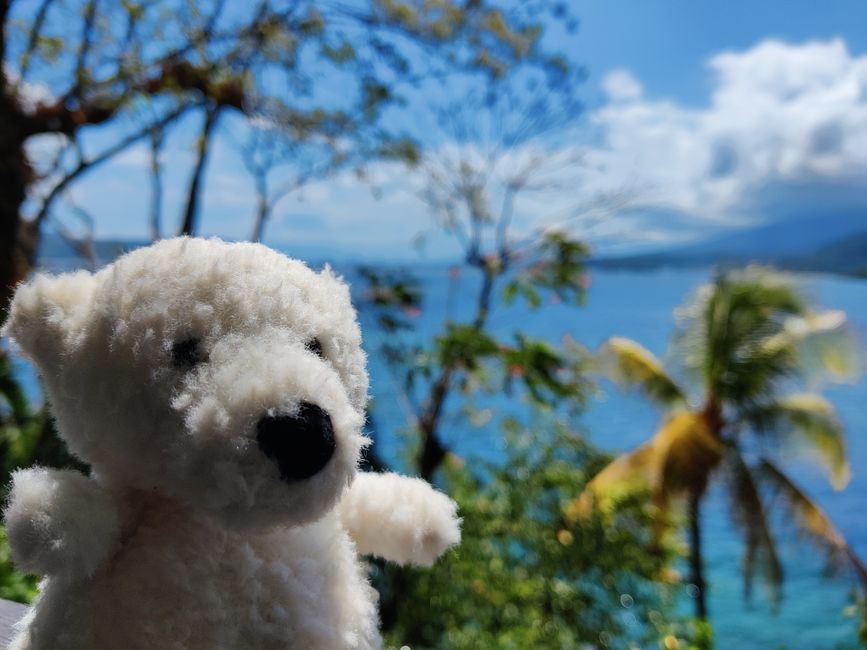Diving in Galapagos Part 2
Publicēts: 18.02.2024
Abonējiet biļetenu
What exactly does such a large number of sharks, or rather the highest density of sharks in the world, do in the Galapagos, especially in Darwin and Wolf? Basically, they are cleaning stations and the large fish can get rid of annoying and health-threatening parasites here.
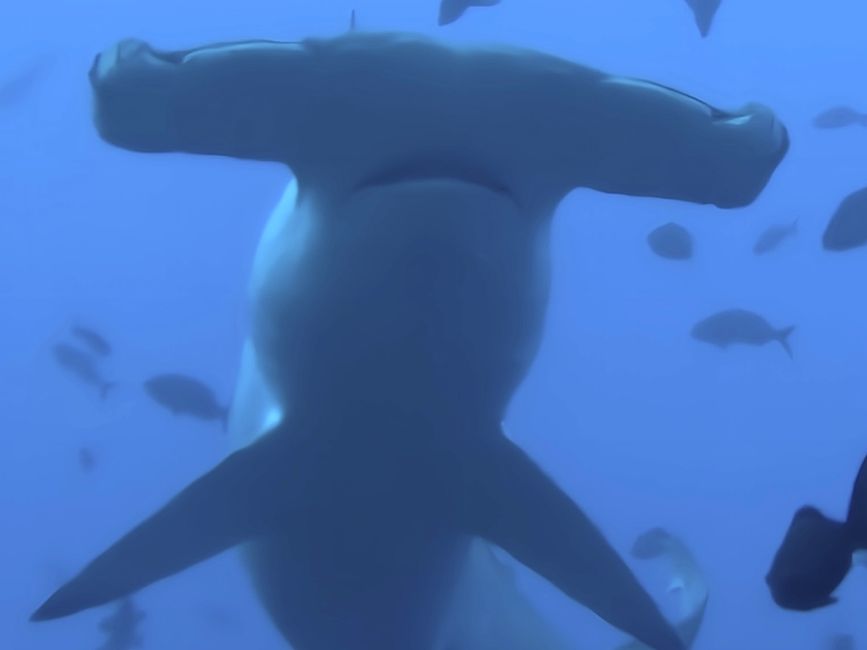
Now the blacknose butterflyfish come into play, which live in water depths of 5-40m. These have teeth and a tweezer-like mouth shape and can therefore eat the parasites from the bodies of the hammerhead sharks and of course other large fish.
That's why these fish come in front of divers' cameras very often here in Darwin and Wolf.
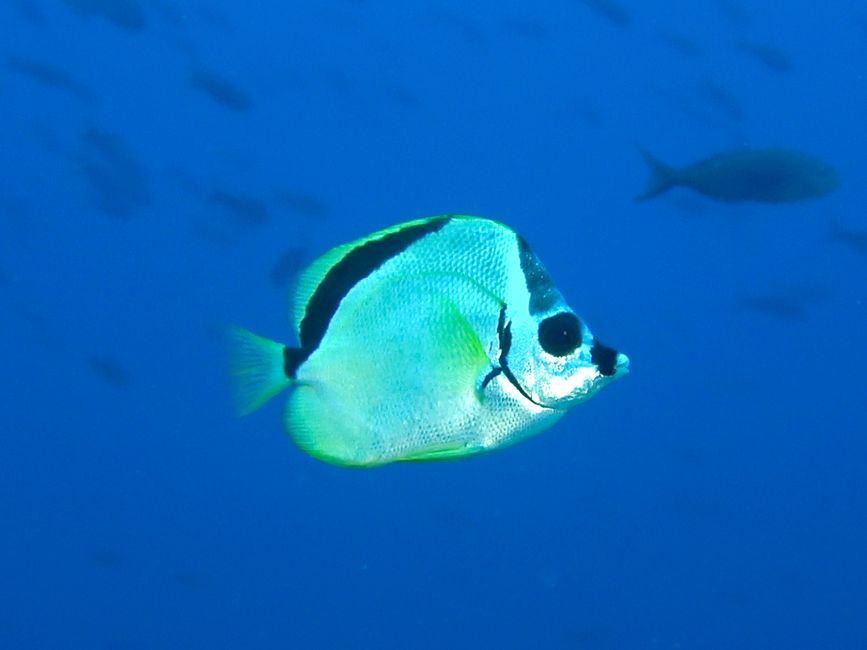
The diver who holds on to the rocks is also welcomed and invited to cleanse his body.
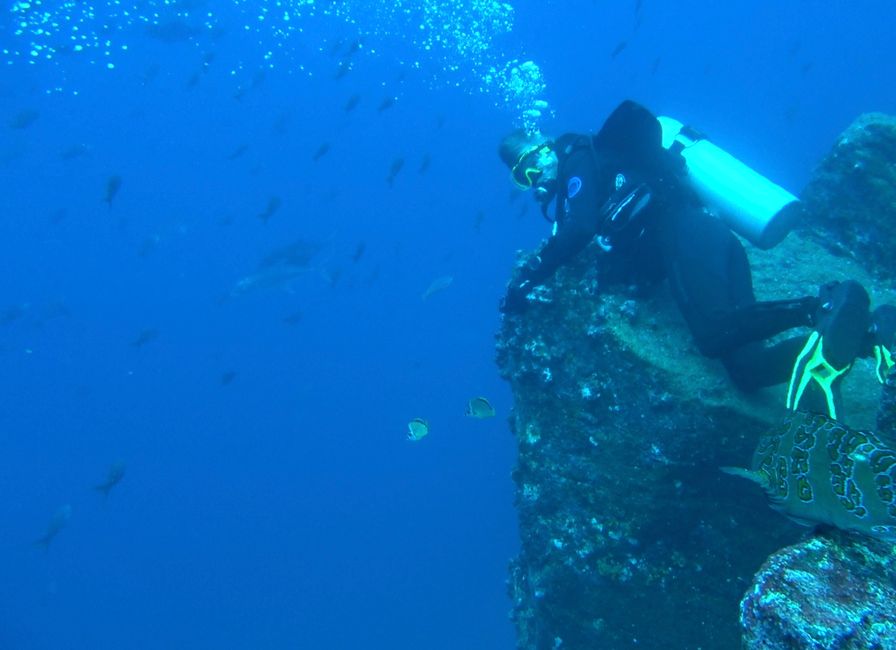
There are important studies on the migration of sharks, which after cleansing their bodies then swim into the open sea to feed or, preferably, in the triangle between Galapagos-Cocos-Malpelo. There is therefore a need to design larger areas as protective reserves. https://migramar.org/en/index
While we're on the subject of reef fish: The butterflyfish are a family of the order of surgeonfish, like the yellowtail surgeonfish. But be careful of the three razor-sharp blades at the base of the tail.
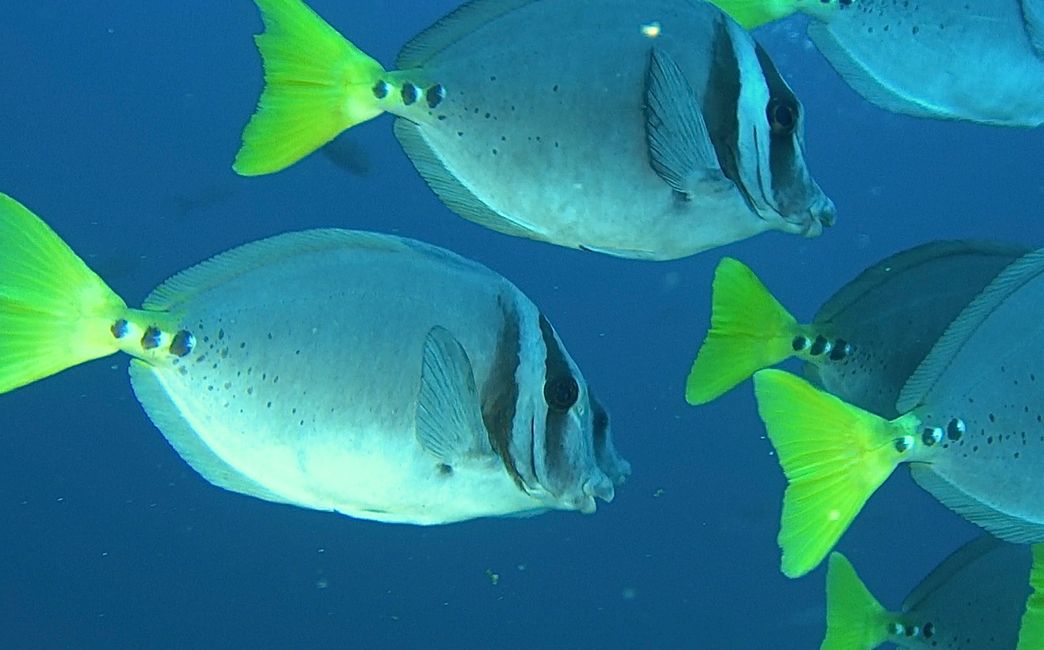
Of course, the big fish are always in the foreground because various films show aggressive behavior of sharks and attacks on people, but here in the “wellness area” of the cleaning stations everything is very relaxed.
The devil rays also seem to be relaxed, passing us in groups of 50 or more.
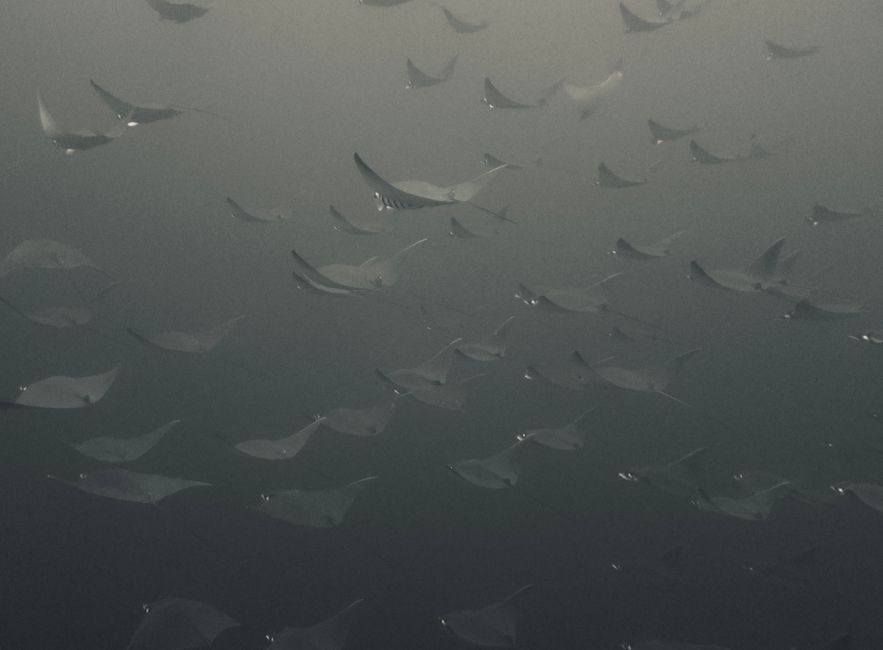
Around 5 million years ago, the earth's volcanism created new habitats and the successful interaction of the individual animals is the result of evolution.
Very impressive and with every dive as well as the pre- and post-processing you get information that you weren't familiar with before, but that's what makes diving so fascinating. More in part 3.
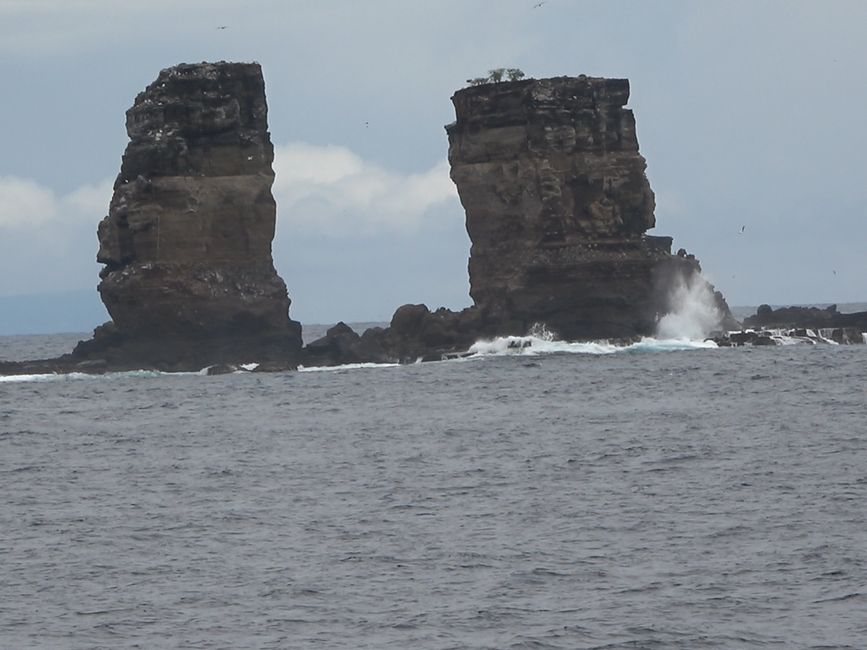
Abonējiet biļetenu
Atbilde
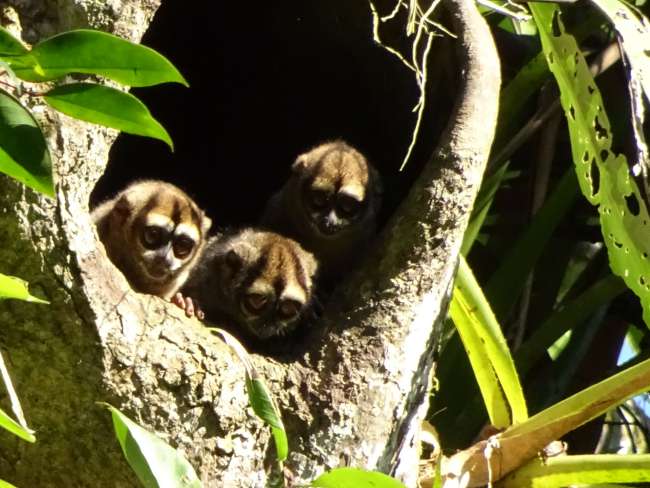
Ceļojumu pārskati Ekvadora

